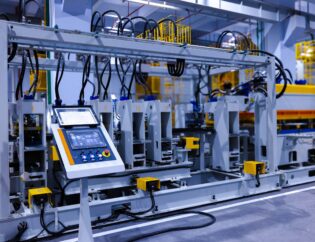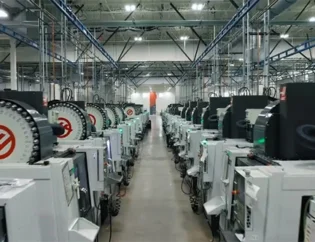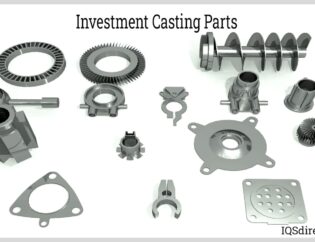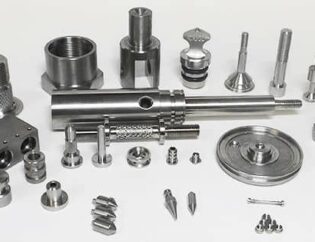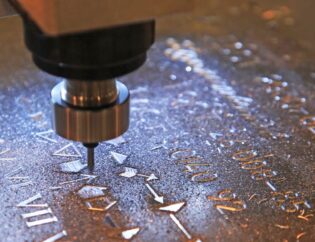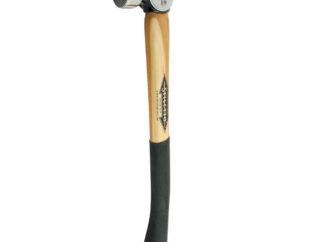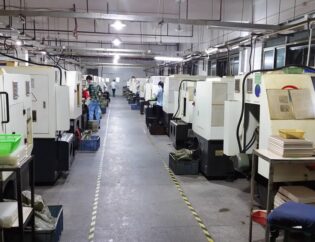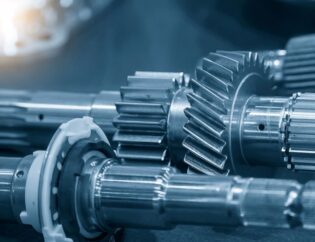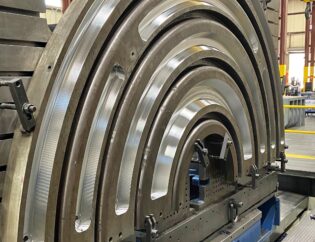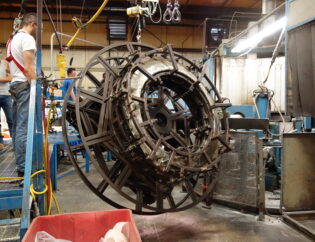Aluminum 3D printing is revolutionizing the manufacturing landscape, offering lightweight, durable, and corrosion-resistant solutions for various industries. As technology advances, the ability to print with aluminum opens new avenues for innovation, enabling the creation of complex geometries that were once impossible with traditional methods. This guide will delve into the intricacies of aluminum 3D printing, exploring its benefits, challenges, and applications.
Readers can expect to gain a comprehensive understanding of the different aluminum alloys used in 3D printing, the various printing techniques available, and the specific equipment required. We will also discuss post-processing methods that enhance the final product’s quality and performance. By the end of this guide, you will be equipped with the knowledge to make informed decisions about incorporating aluminum 3D printing into your projects.
Whether you are a seasoned professional or a newcomer to the field, this guide aims to demystify aluminum 3D printing. We will provide practical insights and tips to help you navigate the complexities of this technology. Join us as we explore the future of manufacturing through the lens of aluminum 3D printing, unlocking its potential for innovation and efficiency.
The Ultimate Guide to Aluminum 3D Printing
Shopping for aluminum 3D printers isn’t an easy task. Such a printer is a big investment, and you don’t want to mess it up. In this article, we’ll give you an in-depth look at aluminum 3D printing, covering the technologies involved, the types of printers available, and their applications.
Understanding Aluminum 3D Printing
Aluminum 3D printing is a method of manufacturing aluminum and aluminum alloys through various additive manufacturing technologies. Unlike traditional manufacturing methods, which are subtractive, 3D printing builds parts layer by layer, allowing for complex geometries and lightweight structures.
Technical Features of Aluminum 3D Printers
Here’s a comparison of some key technical features of popular aluminum 3D printers:
| Feature | EOS M 290 | SLM Solutions SLM 500 HL | Xerox ElemX | GE X Line 2000R | Spee3D WarpSPEE3D |
|---|---|---|---|---|---|
| 3D Printer Type | DMLS | SLM | Direct Energy Deposition | DMLM | Material Jetting |
| Build Volume (mm) | 250 x 250 x 325 | 500 x 280 x 365 | 300 x 300 x 300 | 800 x 400 x 500 | 1000 x 700 |
| Layer Thickness (microns) | 100 | 20 | 24 | 50 | 100 |
| Materials Supported | Aluminum, Titanium, etc. | Aluminum, Titanium, etc. | Aluminum (A356) | Aluminum, Titanium | Copper, Aluminum |
| Speed | Moderate | Fast | Fast | Moderate | Very Fast |
Types of Aluminum 3D Printing Technologies
Different technologies are used in aluminum 3D printing, each with its own advantages and applications. Here’s a comparison of the main types:
| Technology | Description | Pros | Cons |
|---|---|---|---|
| Selective Laser Sintering (SLS) | Uses a laser to fuse metal powder through sintering. | Great mechanical properties, less energy. | Expensive |
| Direct Energy Deposition (DED) | Melts metal wire deposited by a nozzle layer by layer. | Affordable, can print overhangs. | Requires post-processing |
| Electron Beam Melting (EBM) | Melts powdered metal with a high-energy beam of electrons in a vacuum. | High precision, good for superalloys. | Expensive, requires vacuum environment. |
| Selective Laser Melting (SLM) | Melts metal powder with lasers, allowing for a variety of metals. | Excellent mechanical properties. | Expensive |
Applications of Aluminum 3D Printing
Aluminum 3D printing is widely used in various industries, including aerospace, automotive, and biomedical. Its lightweight and strong properties make it ideal for producing parts that require high performance under load.
In the aerospace industry, companies like Boeing utilize aluminum 3D printing for custom parts, while in automotive, manufacturers like Ford are exploring aluminum binder jetting for high-volume production. Additionally, aluminum is used in motorsports, robotics, and even jewelry, showcasing its versatility.
Advantages of Aluminum 3D Printing
Aluminum offers several advantages in 3D printing:
– Lightweight: Aluminum parts are significantly lighter than those made from other metals, making them ideal for applications where weight is a concern.
– Corrosion Resistance: Aluminum is highly resistant to corrosion, which extends the lifespan of printed parts.
– Design Flexibility: The additive nature of 3D printing allows for complex geometries that are difficult or impossible to achieve with traditional manufacturing methods.
Disadvantages of Aluminum 3D Printing
Despite its benefits, aluminum 3D printing has some drawbacks:
– Cost of Materials: The cost of aluminum powder can be higher than traditional raw materials.
– Post-Processing Needs: Many aluminum 3D printed parts require additional finishing processes to achieve desired surface quality.
– Limited Community Insight: Compared to more common materials, there is less community knowledge and support for aluminum 3D printing.
Conclusion
Aluminum 3D printing is a rapidly evolving technology that offers significant advantages for various industries. With its lightweight, strong, and corrosion-resistant properties, aluminum is becoming a preferred material for many applications. As the technology continues to advance, we can expect to see even more innovative uses for aluminum in 3D printing.
For more insights on aluminum 3D printing, you can explore resources from domains like printingatoms.com, www.3dsourced.com, pick3dprinter.com, and all3dp.com.
FAQs
1. What is aluminum 3D printing?
Aluminum 3D printing is a method of creating parts using aluminum and its alloys through additive manufacturing technologies, allowing for complex designs and lightweight structures.
2. What are the main technologies used in aluminum 3D printing?
The main technologies include Selective Laser Sintering (SLS), Direct Energy Deposition (DED), Electron Beam Melting (EBM), and Selective Laser Melting (SLM).
3. What industries benefit from aluminum 3D printing?
Industries such as aerospace, automotive, biomedical, and even jewelry benefit from aluminum 3D printing due to its lightweight and strong properties.
4. What are the advantages of using aluminum in 3D printing?
Aluminum is lightweight, corrosion-resistant, and allows for design flexibility, making it suitable for high-performance applications.
5. Are there any disadvantages to aluminum 3D printing?
Yes, disadvantages include the high cost of aluminum powder, the need for post-processing, and limited community insight compared to other materials.

